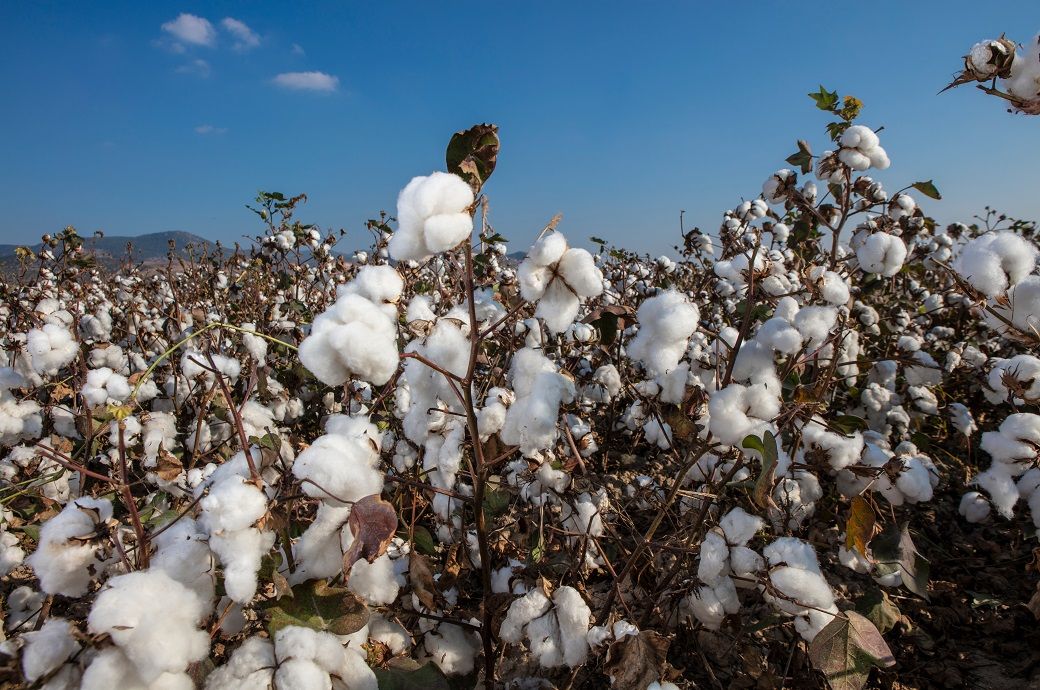Over a third of the global population still does not have access to clean drinking water according to the United Nations. Nearly one million people die each year from water-borne diseases due to a lack of clean drinking water.
Climate change is only going to exacerbate the problem. By the year 2050, at least 50 percent of the world’s population is expected to live in “water-stressed” areas. Access to safe water is one of the biggest contributors to the improved health of a population.
Hence, finding immediate solutions to help people, especially in poorer countries, get easy access to clean drinking water is of paramount importance.
Over the last few decades, numerous innovations have been made to filter water from natural sources and make it fit for human consumption. However, many of these solutions have had pitfalls that prevent them from being used at scale. Either they are hard to manufacture, or not cost-efficient, and so on.
However, an innovation from scientists at the University of Texas promises to finally provide a viable solution to the world’s water scarcity problem, while seemingly avoiding the pitfalls of countless similar innovations.
In a paper published in the journal Advanced Materials, the researchers have demonstrated a hydrogel tablet that can rapidly purify contaminated water. Each tablet, the size of a one-rupee coin, can purify up to a liter of contaminated water within an hour or less.

The hydrogel tablet is easy to produce and requires no energy. Credit: The University of Texas at Austin.
“Our multifunctional hydrogel can make a big difference in mitigating global water scarcity because it is easy to use, highly efficient, and potentially scalable up to mass production,” said Guihua Yu, lead author of the paper, and a professor at the Texas Materials Institute and the Cockrell School of Engineering.
The hydrogel tablets generate hydrogen peroxide that kills bacteria in the water by disrupting their metabolism and attacking essential cell components at over 99.99 percent efficiency.
The hydrogels are easy to produce and require no energy during the purification process, nor do they leave any by-products after the process. This makes them easy to scale and use in large quantities and across the globe.
The researchers say in addition to purifying the water from bacteria, the hydrogels could also improve solar distillation and help remove harmful contaminants through vaporization.
Cover Image: Shutterstock





